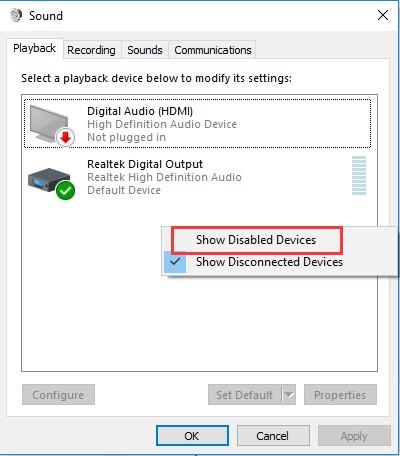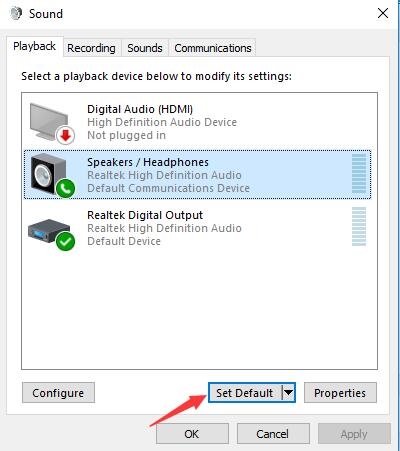Hello, fellow sound enthusiasts! Are you missing the sweet symphony of your favorite tunes because your external speakers decided to take an unexpected vacation? Well, fear not! This comprehensive guide will help you troubleshoot and fix the issue of external speakers not working on Windows 10. So, let’s dive in and bring back the music to your life!
Step 1: Check the Basics (or “Is it plugged in?”)
Before we dive into the deep end of the tech pool, let’s start with the basics. Ensure your speakers are properly connected to your computer. Check the power supply, and make sure the speakers are turned on. If your speakers are battery-powered, ensure they have enough juice. It’s like making sure your car has gas before blaming the engine for not starting!
Step 2: Check the Sound Settings
If the basics are all good, let’s move on to the sound settings. Navigate to Settings > System > Sound. Under Output, make sure your external speakers are selected. If your computer is still stubbornly playing sound through the wrong device, it’s like trying to drink coffee from an upside-down mug. Not very effective!

Step 3: Update Your Audio Drivers
Outdated drivers are like expired milk – they can cause a lot of trouble! To update your audio drivers, go to Device Manager > Sound, video, and game controllers, right-click on your audio device and select Update driver. Let Windows search for the updated driver automatically. If this doesn’t work, you can visit the manufacturer’s website and download the latest driver manually.
Step 4: Run the Windows Troubleshooter
If you’re still stuck in the silent movie era, it’s time to call in the big guns – the Windows Troubleshooter. Go to Settings > Update & Security > Troubleshoot > Additional troubleshooters > Playing Audio, and then click Run the troubleshooter. The troubleshooter is like your personal detective, investigating and solving your audio issues.

Step 5: Check for Windows Updates
Sometimes, the issue might be with Windows itself. Make sure your system is up-to-date by going to Settings > Update & Security > Windows Update, and then click Check for updates. It’s like giving your computer a health check-up!
Step 6: Consult a Professional
If all else fails, it might be time to consult a professional. There’s no shame in asking for help when you need it. After all, even superheroes have sidekicks!
Remember, troubleshooting is a process of elimination. It might take some time and patience, but with this guide, you’re well-equipped to tackle the issue head-on. So, let’s turn the silence into a symphony and get those speakers working again!